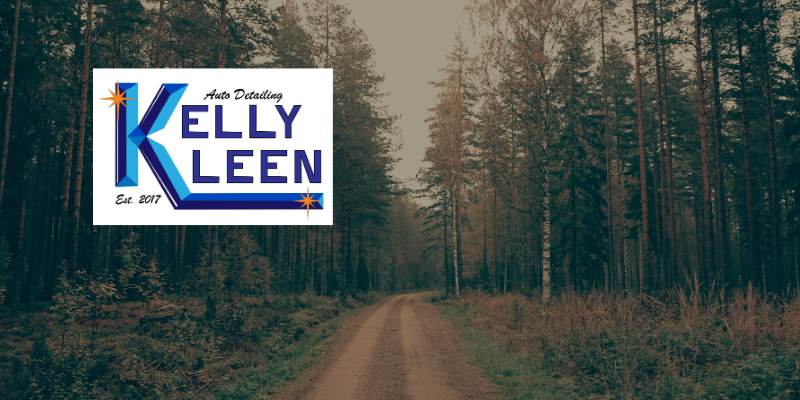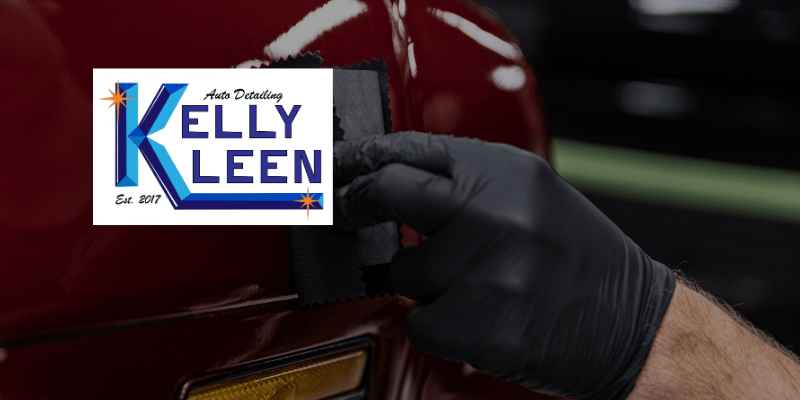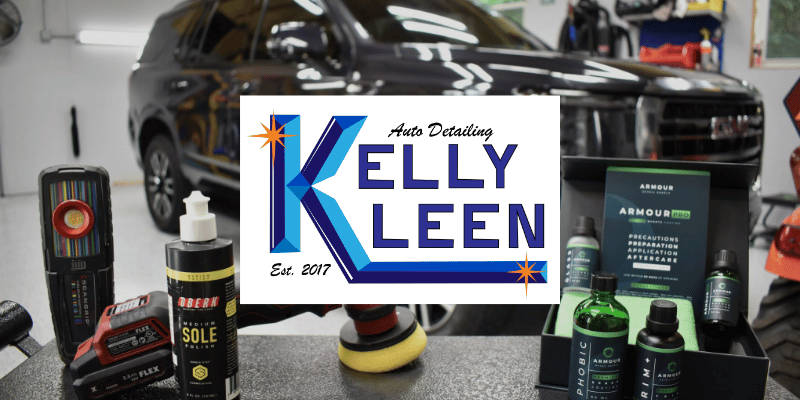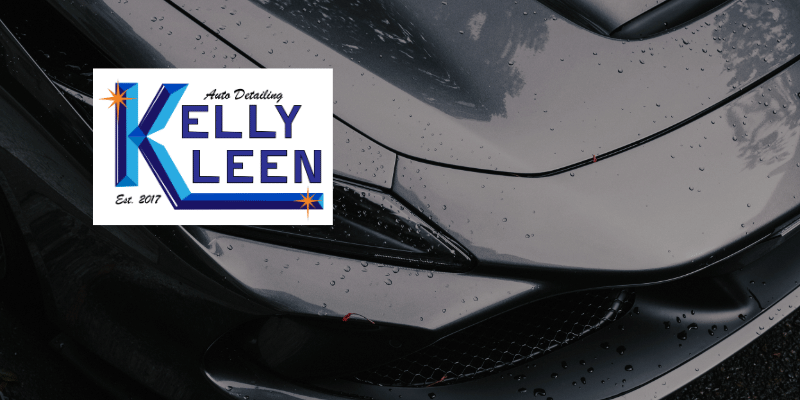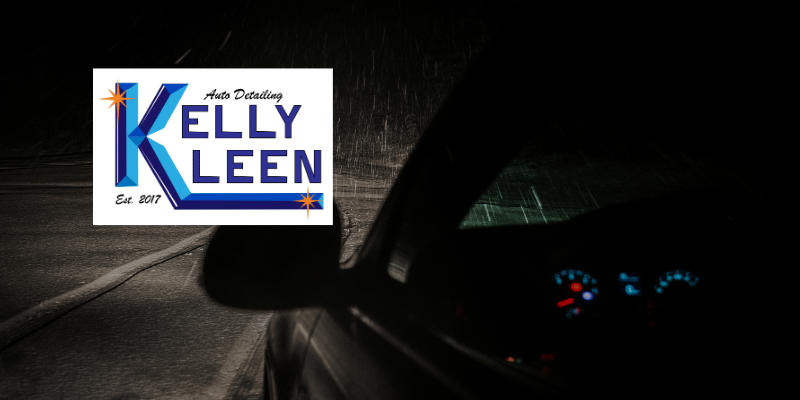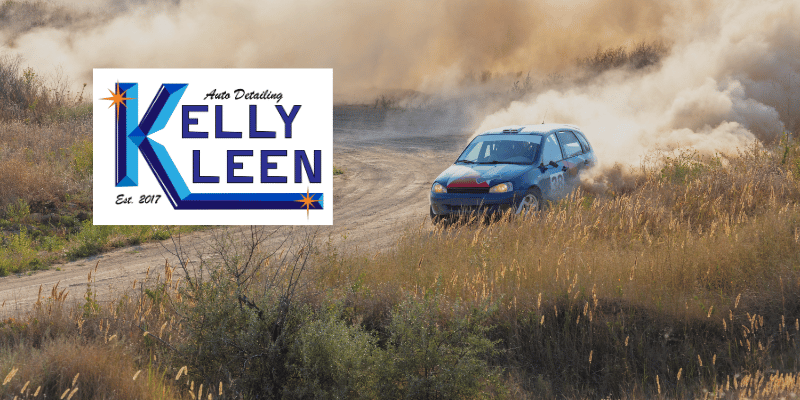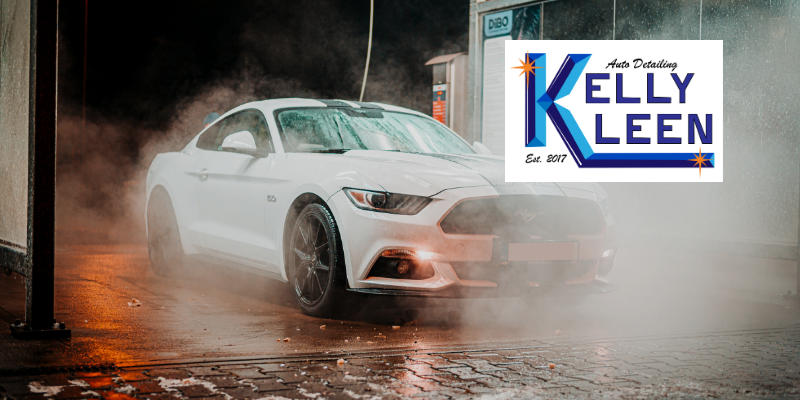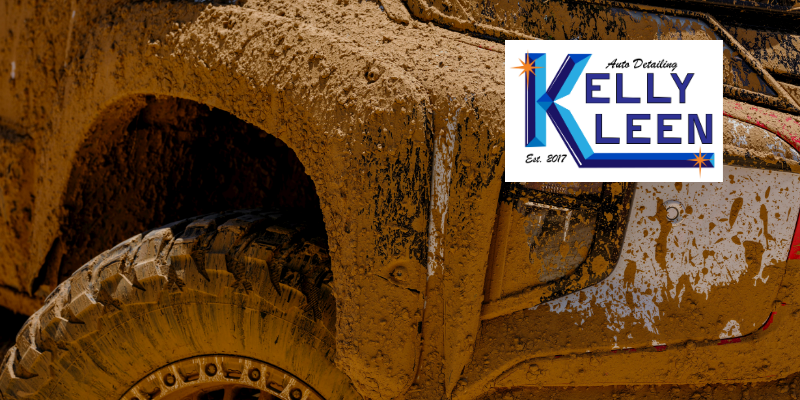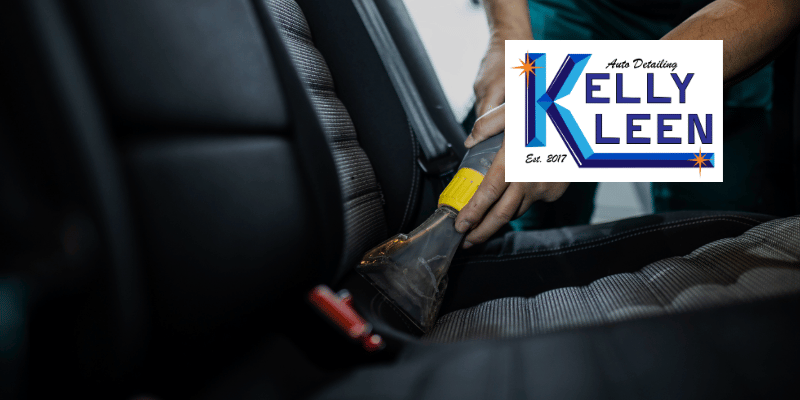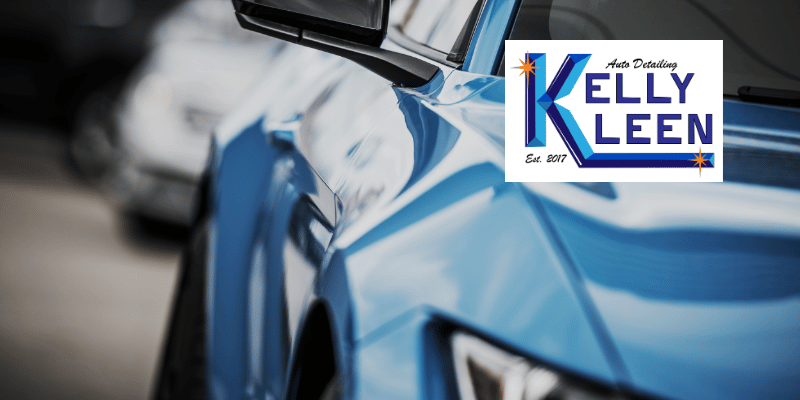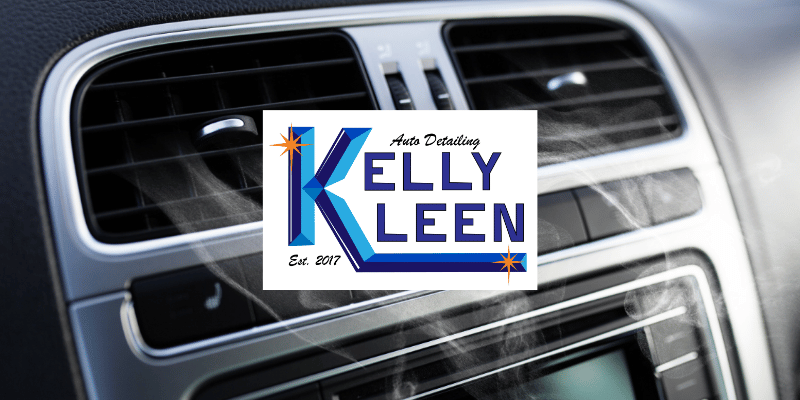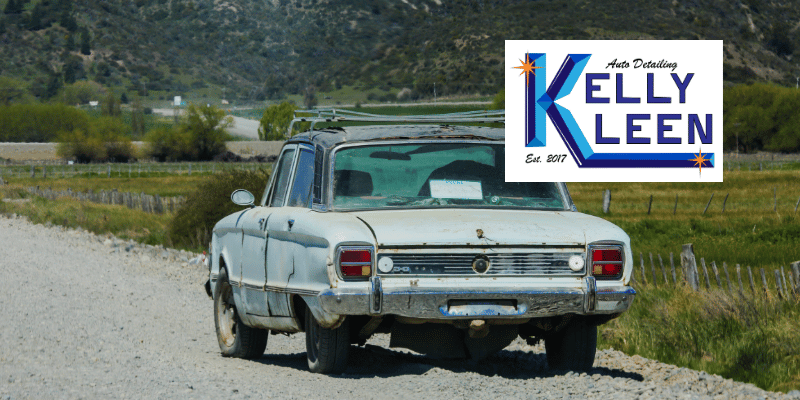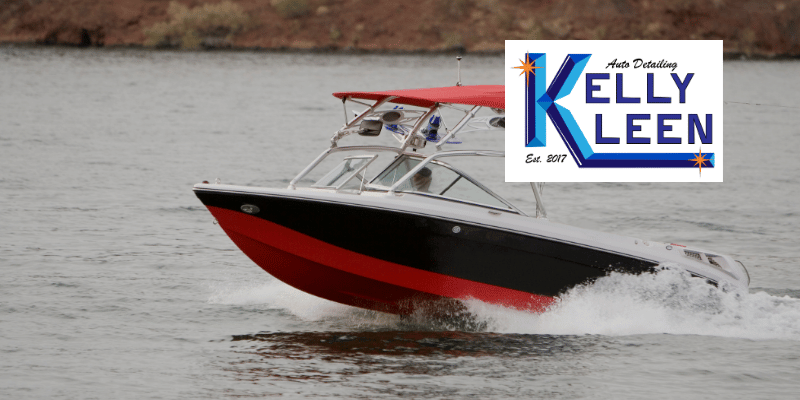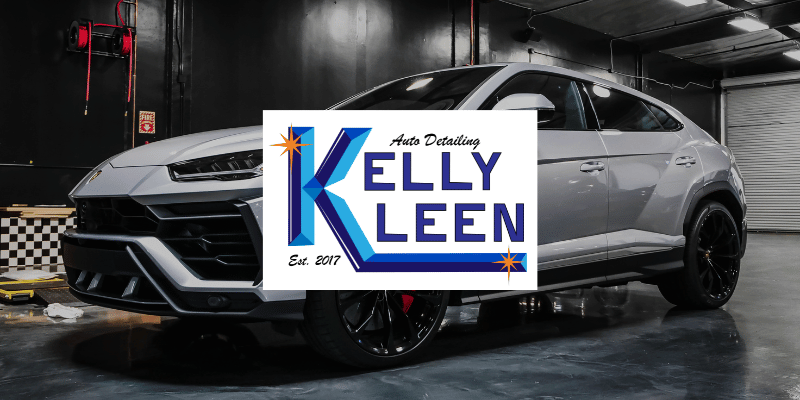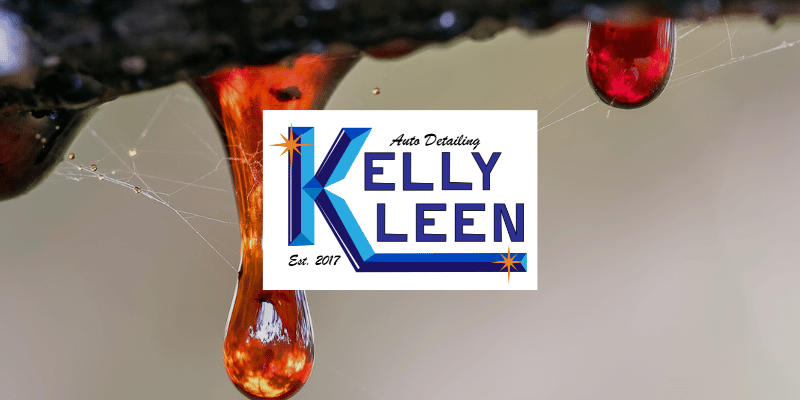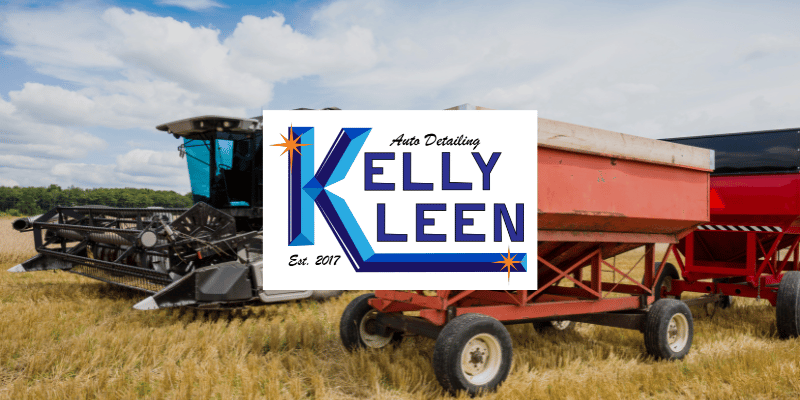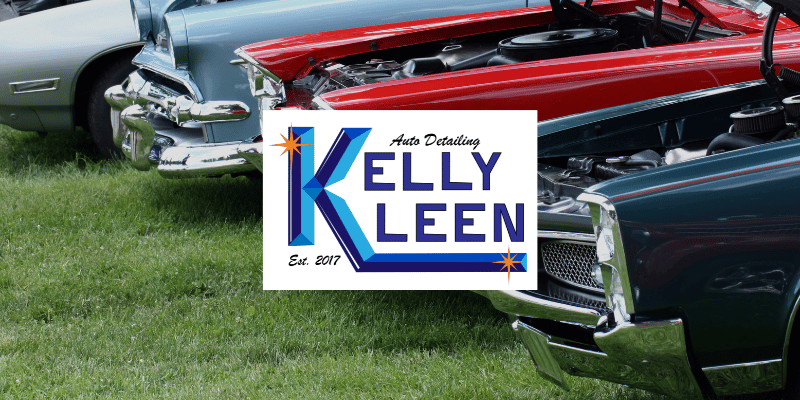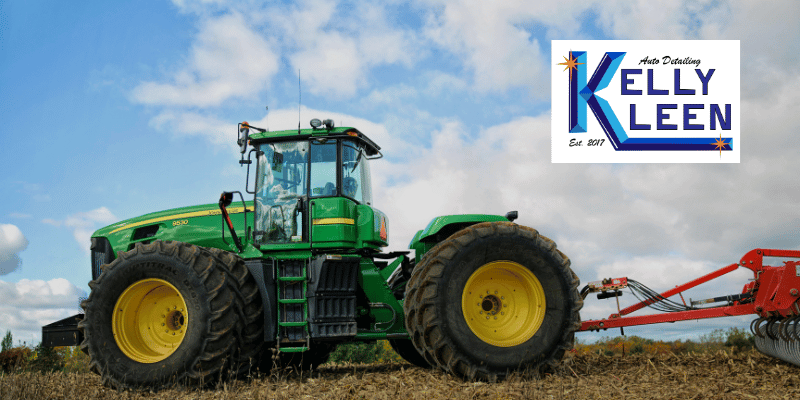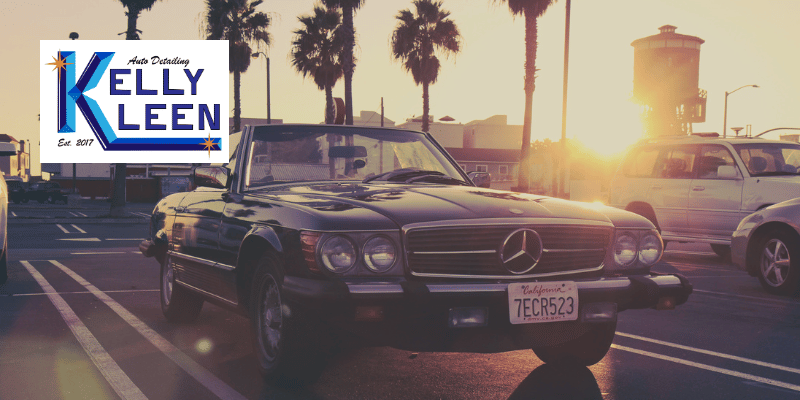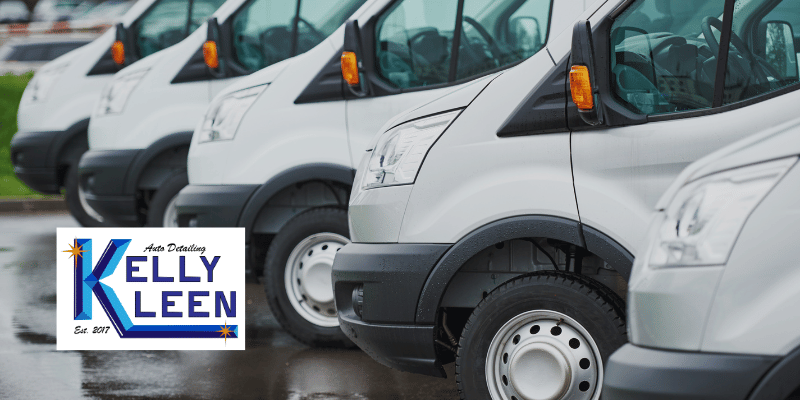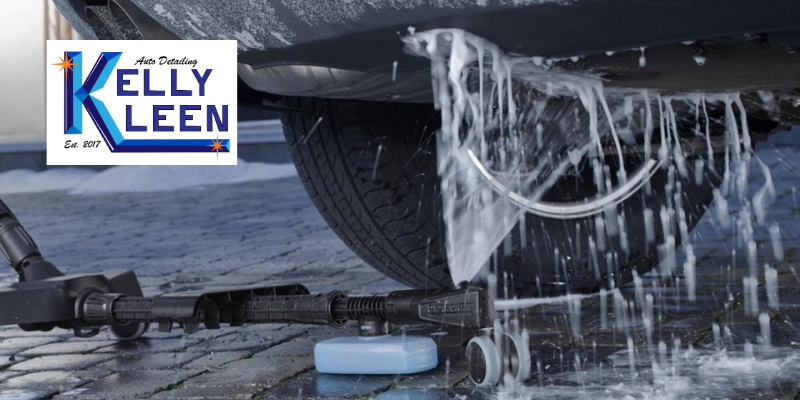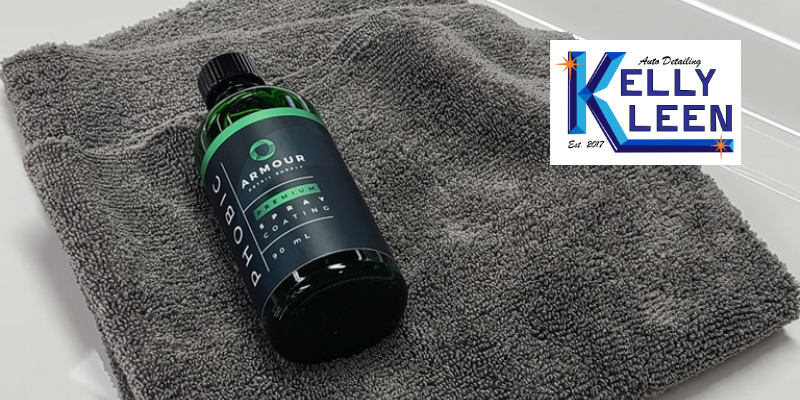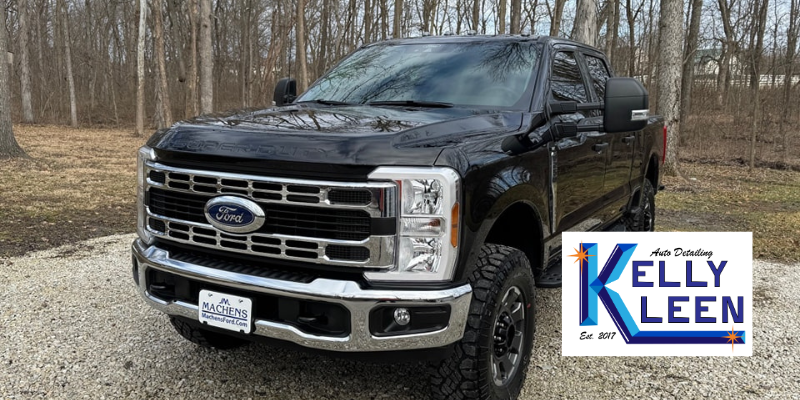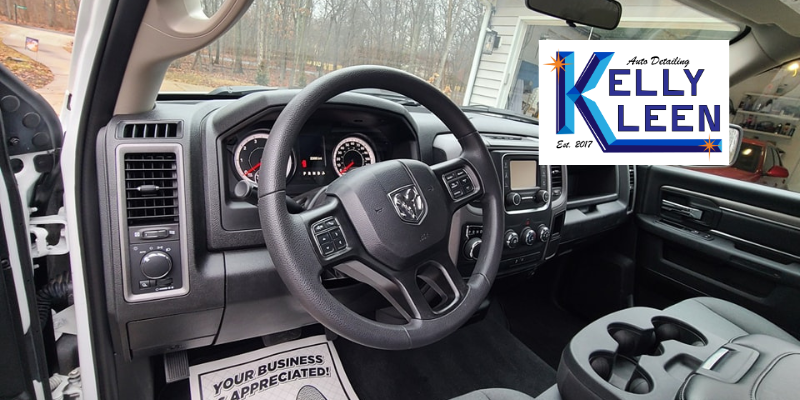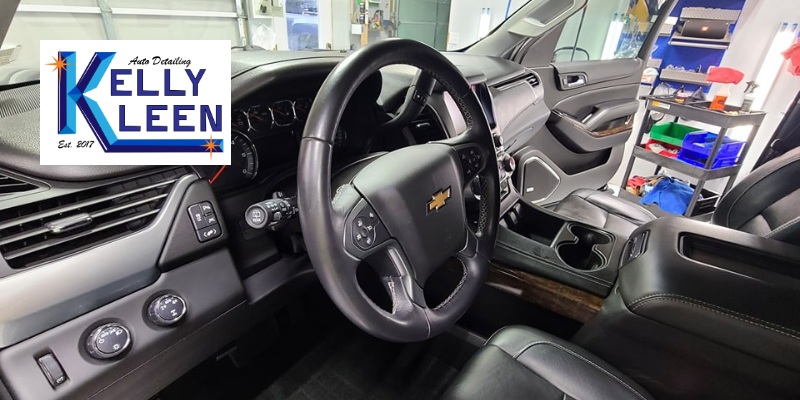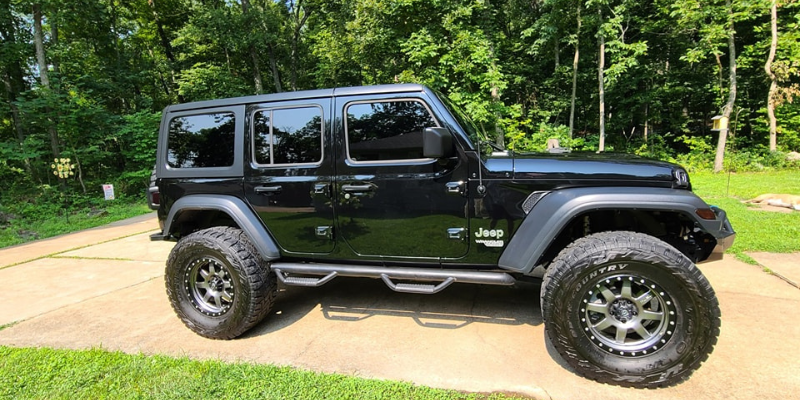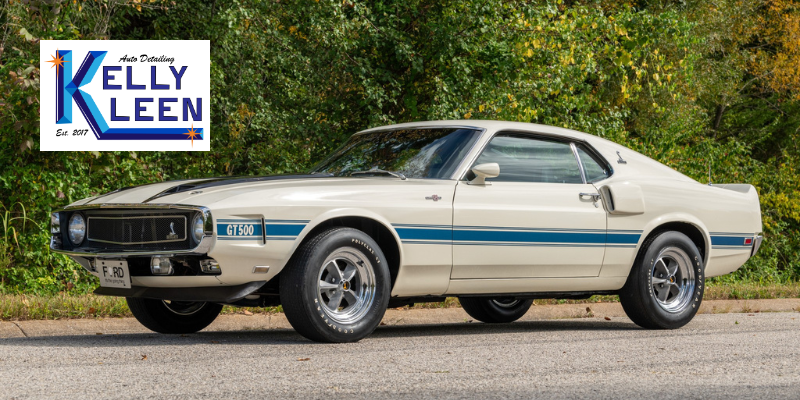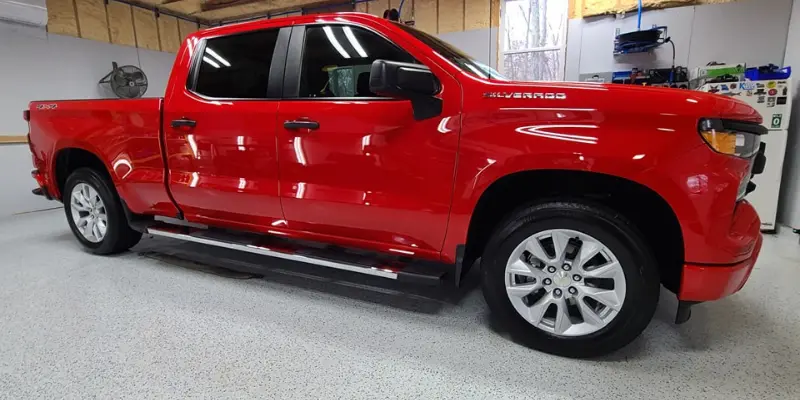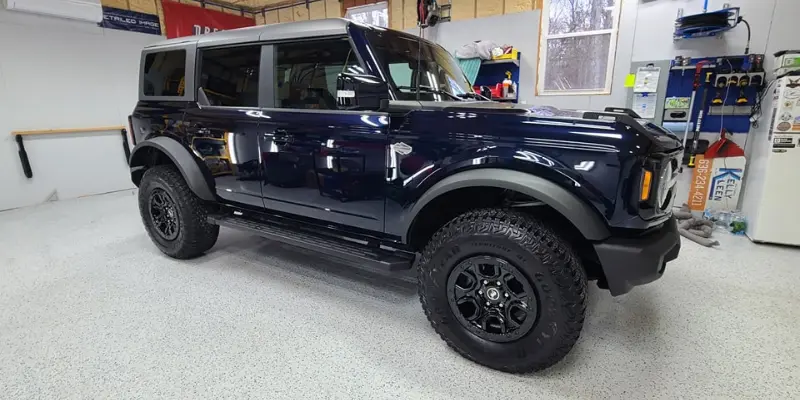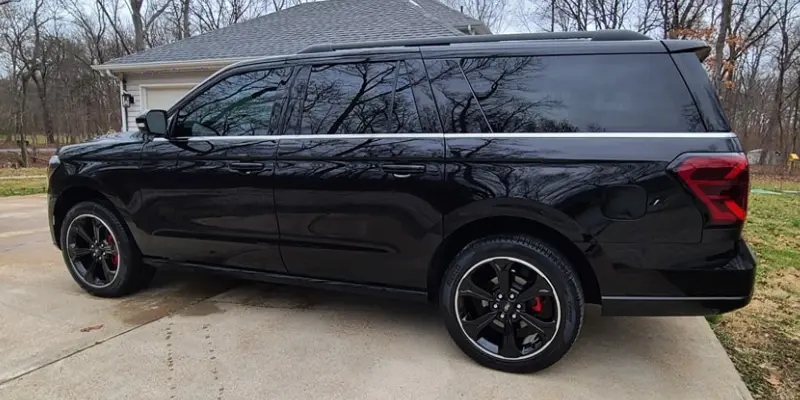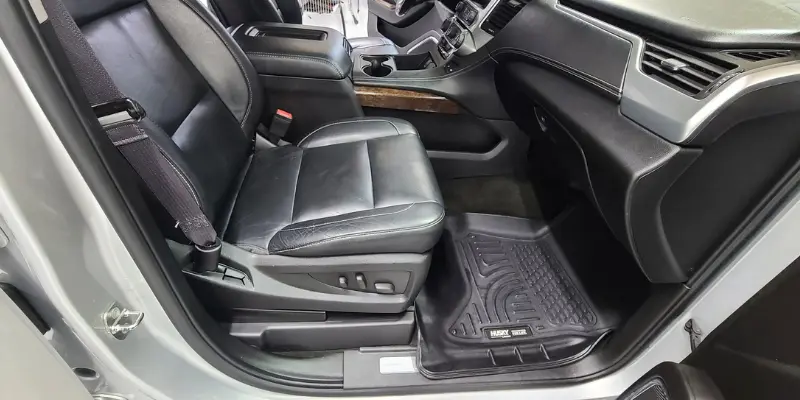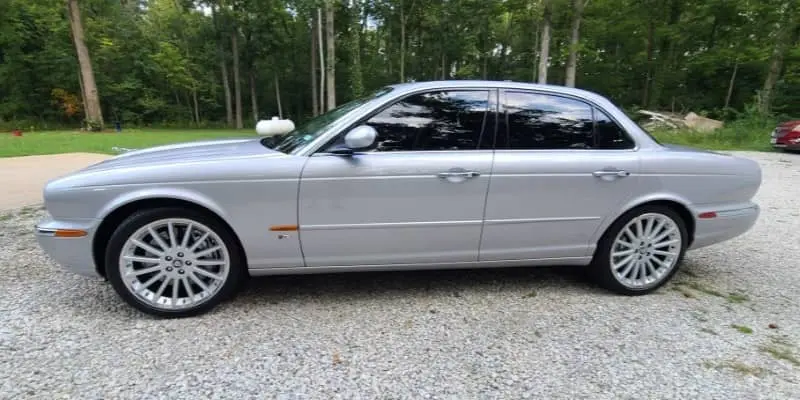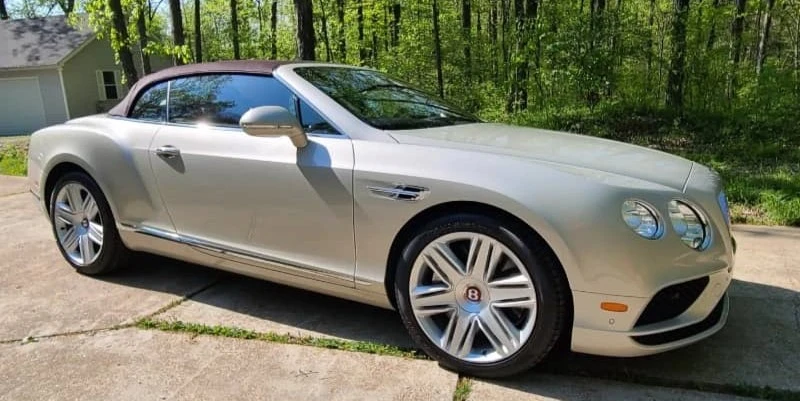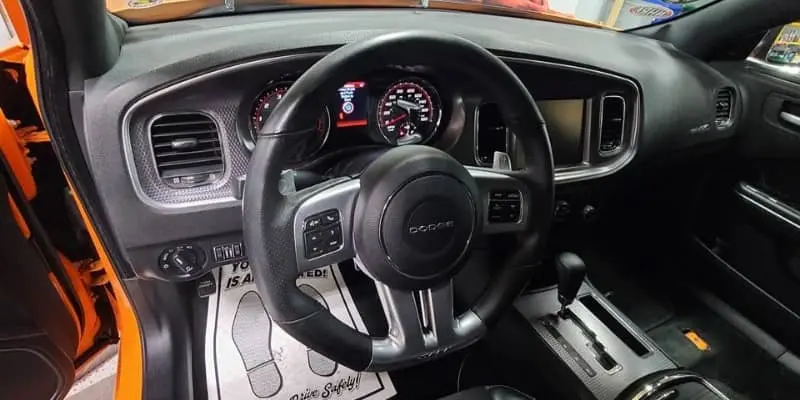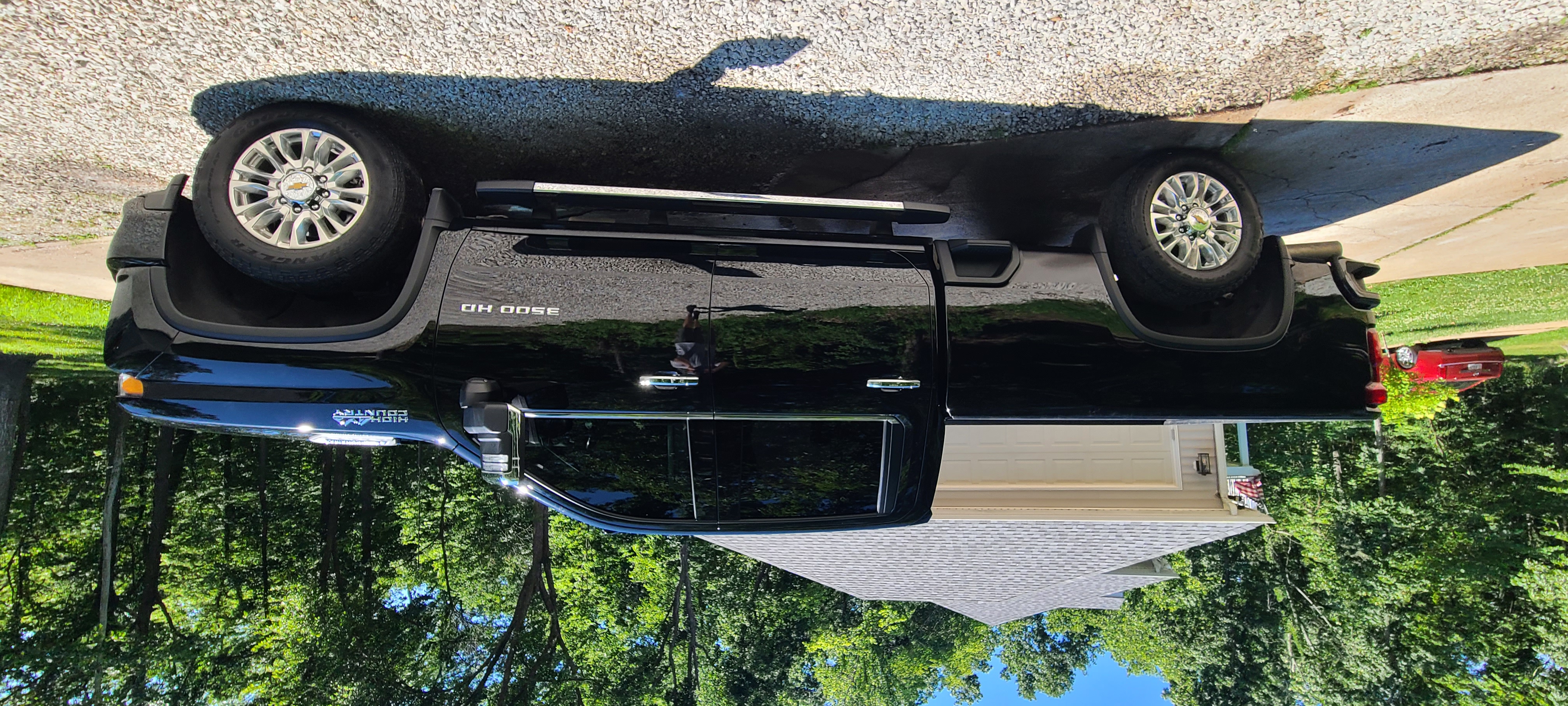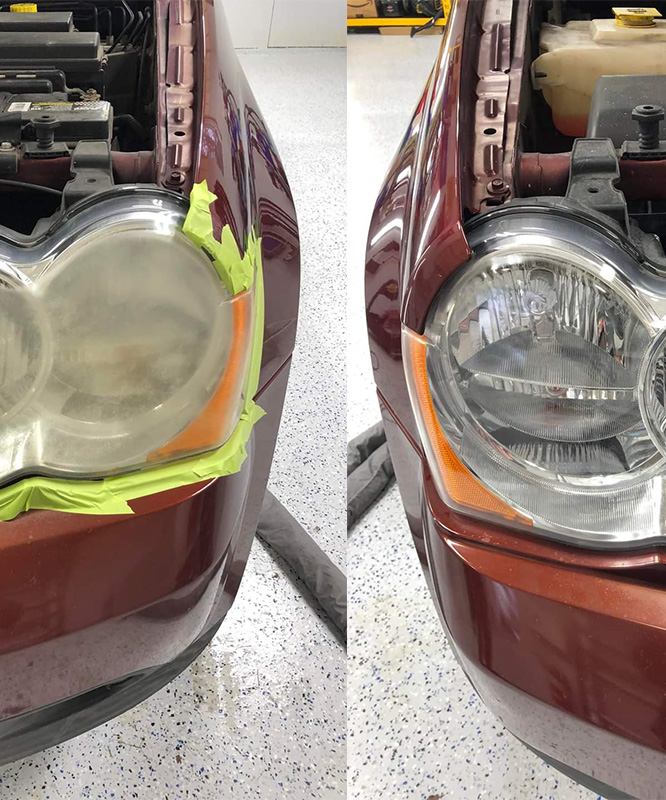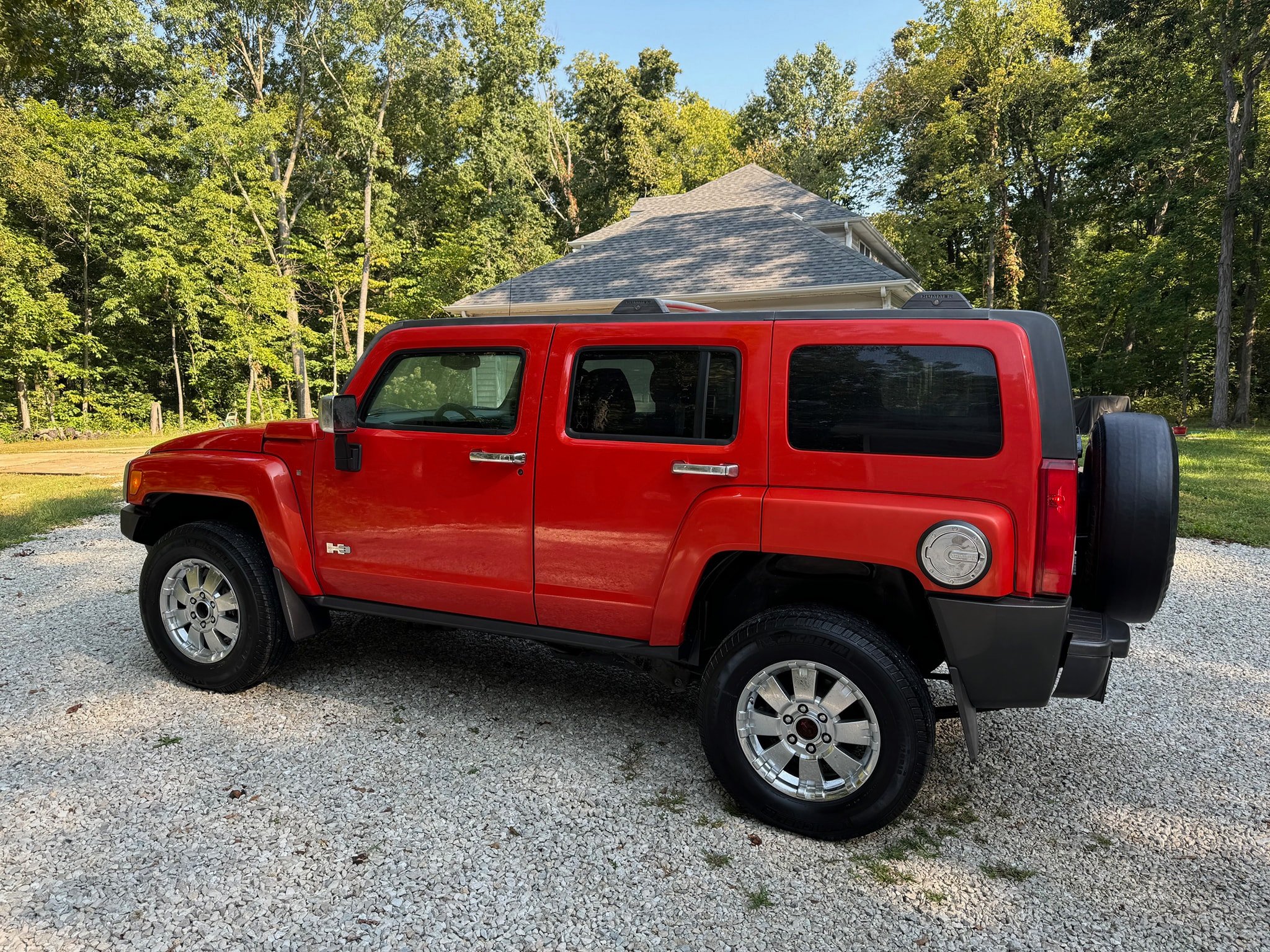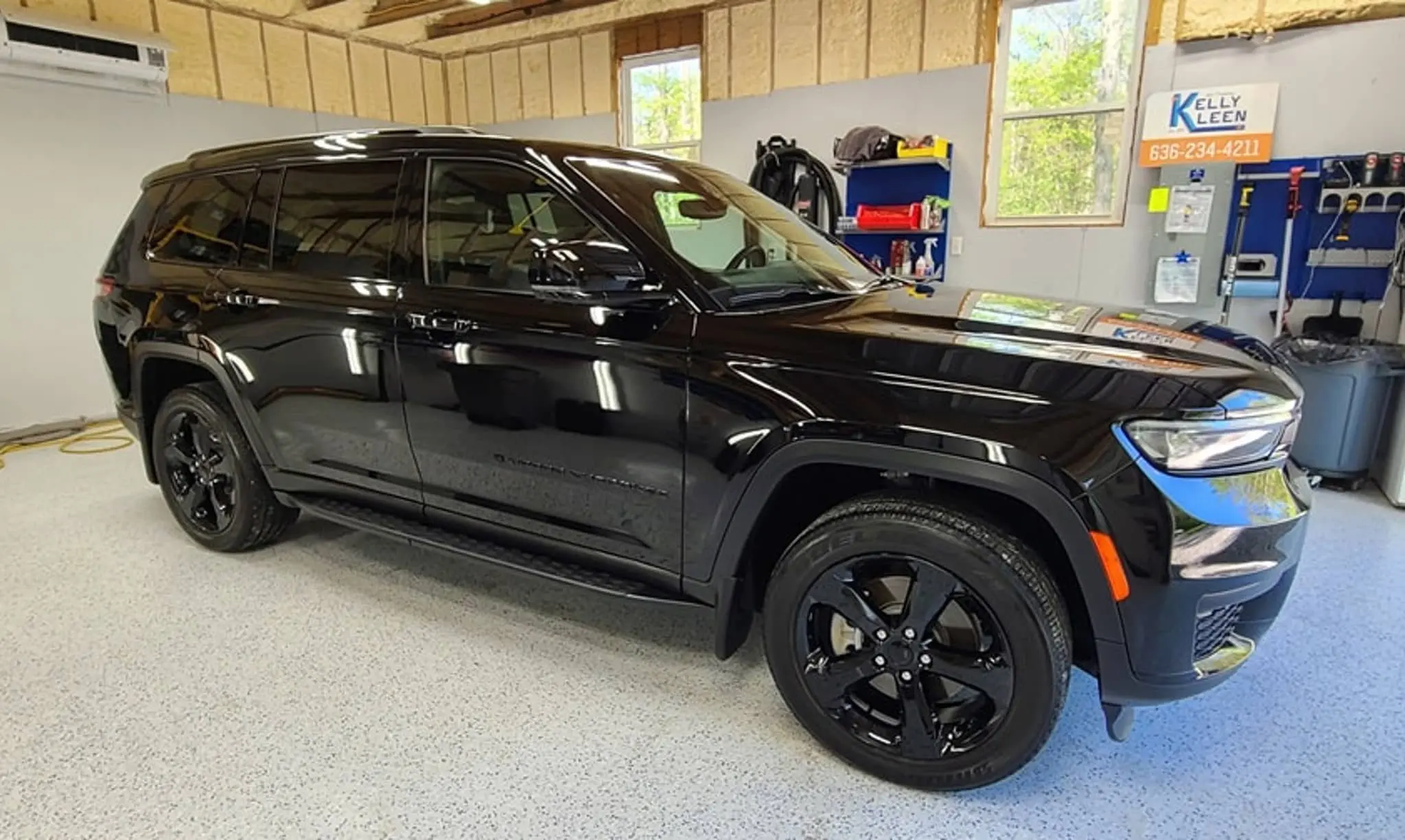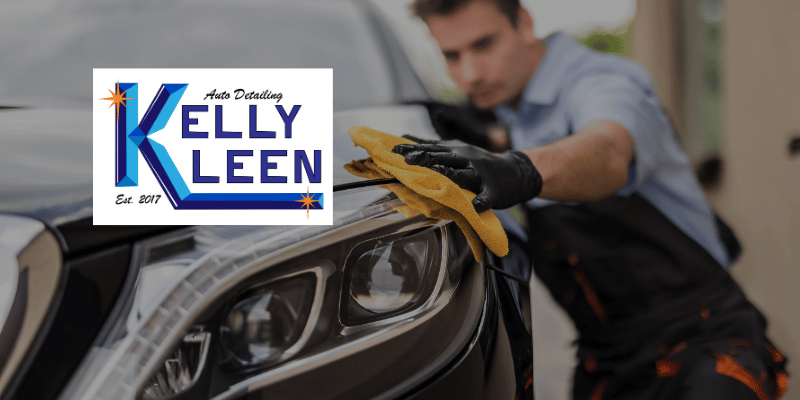
Choosing the Right Clay Bar Treatment for Missouri Weather and Road Conditions
Clay bar treatment is one of the most misunderstood parts of paint care. Many Missouri drivers have heard of it but aren’t sure when it’s needed, how it works, or why it’s especially important for vehicles exposed to Franklin County’s gravel roads, humidity, and seasonal contaminants. The truth is simple: if your paint feels rough, looks dull, or collects dust and grime faster than normal, bonded contaminants are building up on the surface. A clay bar treatment removes that buildup and prepares your paint for long-lasting protection.
This guide breaks down the types of contaminants Missouri drivers face, when clay treatment is essential, and how Kelly Kleen performs the process safely so your paint is smooth, clean, and ready for waxing or ceramic coating.
Why Missouri Driving Conditions Require More Frequent Clay Bar Treatments
Missouri’s climate and roads bring a constant mix of contaminants that settle on your paint and bond tightly over time. Washing alone never removes these materials because they stick to the clear coat with microscopic grip.
Contaminants Missouri drivers regularly encounter:
- Gravel dust from rural roads
- Tar and asphalt spray
- Iron particles from brake dust
- Tree sap mist
- Bug residue and protein buildup
- Pollen and plant debris
- Road construction fallout
- Airborne contaminants from farm equipment
All of these bond to your clear coat, making the surface feel rough even after washing.
Missouri’s humidity makes it worse. Warm, moist air helps contaminants cling to paint and increases the chance of staining or chemical reactions.
What a Clay Bar Actually Does
A clay bar lifts embedded contaminants from the clear coat that washing cannot touch. When properly lubricated and glided across the surface, the clay grabs particles stuck inside the clear coat’s microscopic pores.
Clay removes:
- Road tar
- Metal particles
- Mineral dust
- Sap mist
- Bug films
- Industrial fallout
- Gravel dust residue
After claying, your paint feels smooth and looks brighter because light reflects more cleanly off the surface.
How to Know If Your Vehicle Needs Clay Bar Treatment
Missouri drivers often miss the warning signs that contaminants have bonded to their paint. A simple test can reveal the truth.
The Bag Test
Place your hand inside a plastic sandwich bag and lightly glide it across a washed surface.
If it feels:
- Rough
- Gritty
- Bumpy
- Sandpaper-like
…your paint needs to be clayed.
Other warning signs include:
- Water no longer beads properly
- A dull or chalky shine
- Increased dust collection
- Bug remains sticking harder
- Wax or sealant not lasting long
- Black specks embedded in paint
These are all signs of contamination beneath the surface.
The Proper Clay Bar Workflow (Missouri-Specific)
Kelly Kleen uses a proven, paint-safe process to ensure clay bar treatments are effective without causing marring or micro-scratches.
Step 1: Pre-Wash
A foaming pre-wash removes loose dirt, gravel dust, and sand that could scratch the paint during claying.
Step 2: Contact Wash
A two-bucket wash eliminates remaining surface dirt. This step is crucial because claying on a dirty surface causes scratches.
Step 3: Iron Remover (Decontamination)
Iron fallout remover dissolves metal particles from brake dust and industrial fallout. Missouri drivers see more of this than they realize due to constant construction zones and gravel roads.
Step 4: Clay Lubrication
A dedicated clay lubricant allows the clay to glide safely across the surface.
Step 5: Clay Treatment
Kelly Kleen works in small sections, folding the clay frequently so only a clean portion touches the paint. This prevents dragging contaminants across the surface.
Step 6: Rinse and Dry
After claying, the vehicle is rinsed to remove residue and dried with soft microfiber towels.
Step 7: Protection
Claying removes all protective layers (wax, sealant, toppers), which is why protection must always be reapplied afterward.
Protection options include:
- Wax
- Paint sealants
- Ceramic coating toppers
- Full ceramic coatings
Claying is never a final step. It’s a preparation step.
Missouri Weather and Why Clay Timing Matters
Missouri’s shifting climate affects how often your vehicle needs clay treatment.
Spring
Heavy pollen and dust from freshly worked farm fields bond tightly to paint. Clay is often needed after the pollen surge ends.
Summer
High heat and humidity cause bug remains and tar to bake onto the paint. Clay removes these stubborn residues before they etch.
Fall
Tree sap, falling leaves, and plant debris stick to clear coat as temperatures cool. Clay removes organic film and prepares the paint for winter protection.
Winter
Salt and brine leave mineral deposits that cling to paint. Claying after winter removes residue before repainting or sealing.
Franklin County vehicles can require claying two to four times a year depending on exposure.
Why You Should Never Clay a Hot Panel
Claying on a hot surface—especially in Missouri summers—causes:
- Lubricant to evaporate
- Clay to drag and mar paint
- Streaking or scuff marks
- Increased chance of scratching
Kelly Kleen performs clay treatment only when the paint is cool, often indoors or in shaded areas during warm months.
Choosing the Right Type of Clay for Missouri Conditions
Not all clay products are the same. Different levels of contamination require different approaches.
Fine-Grade Clay
Best for:
- Light dust buildup
- Vehicles with frequent maintenance
- Ceramic-coated vehicles
Fine clay is gentle and ideal for drivers who wash regularly.
Medium-Grade Clay
Best for:
- Bug-heavy front bumpers
- Tar and sap issues
- Pollen buildup
- Post-winter decontamination
Medium clay removes more stubborn contamination without being overly aggressive.
Heavy-Grade Clay
Use only when:
- Overspray is present
- Extreme tar buildup needs removal
- Industrial fallout has embedded deeply
Heavy clay should be used by professionals only because it can leave marring that requires polishing afterward.
Clay Alternatives
Some drivers use clay mitts or clay towels. These are useful for maintenance but not recommended for heavily contaminated Missouri vehicles. Bars remain the safest choice for precision work.
What Happens If You Don’t Clay Your Vehicle When Needed
When bonded contaminants stay on your paint, they cause:
- Clear coat failure
- Oxidation
- Staining
- More rapid sun damage
- Faster fading
- Rough texture that traps new dirt
- Premature breakdown of wax or coatings
Claying restores a smooth surface and improves your protection’s lifespan.
How Clay Bar Treatment Prepares Your Vehicle for Ceramic Coating
Ceramic coatings bond strongest when the surface is perfectly clean and free of contaminants. In Missouri, that means:
- Removing iron
- Removing dust
- Removing pollen
- Removing tar
- Removing sap film
Claying is essential before coating because even small contaminants create weak spots in the ceramic layer.
How Often Missouri Drivers Should Clay Their Vehicles
Kelly Kleen recommends:
- Once per year for highway commuters
- Two to three times per year for rural drivers
- After winter for all drivers
- Before ceramic coating
- Whenever the paint fails the bag test
Vehicles in Washington, Union, and Pacific often need claying more frequently due to gravel dust and farm debris.
When It’s Time for Professional Clay Bar Treatment
It’s time to schedule a detail if:
- Your paint feels rough
- Water stops beading
- Bugs feel glued to the surface
- Sap spots appear across the hood or roof
- You see black or orange specks in paint
- Wax seems to fade faster than normal
- The paint looks dull despite washing
These signs mean contamination is bonded below the surface.
Keep Your Paint Protected Year-Round
Clay bar treatment is one of the most powerful tools for restoring smooth, healthy paint—especially in Missouri’s challenging environment. Whether your vehicle battles gravel dust, pollen, bug splatter, or road construction fallout, claying removes what washing can’t and prepares the surface for long-lasting protection.
If your paint feels rough or looks dull, Kelly Kleen can perform a safe, effective clay treatment that restores clarity and keeps contaminants from causing long-term damage.


